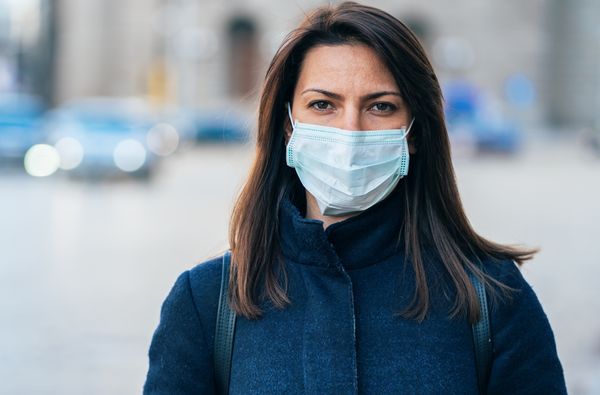While it is unpleasant to think about, we are sometimes faced with dangers that are out of our control, such as natural disasters, car accidents, medical emergencies, property damage, or crime. The entire idea of an emergency is that it occurs when we don’t expect it to.
Nevertheless, there are affirmative steps that people can take to preemptively plan for emergencies should they arise. While it is possible to go overboard (i.e., building a fallout shelter) when emergency planning, these suggestions offer a more realistic and balanced approach.
- Develop a plan with your family so that everyone is on the same page. No matter the size of disaster, it is important to have a conversation that addresses what to do, where to go, where to meet, who to call, and where things are.
- Create an emergency contact list. Besides 911, this should include the phone numbers of doctors, pediatricians, veterinarians, mental health providers, employers, schools, neighbors, insurance agents, and trusted family members. Make sure that this list is accessible to everyone and that the numbers are also programmed into everyone’s phones.
- Have an exit strategy for your home. Make a map of the layout of each floor of your home, print it out, and label the exit paths. Make sure that you have a fire safety ladder if you have a second floor.
- Create an emergency preparedness kit. Print out this readiness list and gather everything you need. Also, be sure that you know where to find copies of your vital documents, like identification, your checkbook, insurance cards, etc.
- Maintain your medical insurance, homeowner’s insurance, auto insurance, renter’s insurance, and/or life insurance. Besides the danger and physical impacts of an emergency, you may be faced with incredible financial effects. Insurance is designed to provide you a safety net so that you can get back on your feet, instead of facing financial ruin.





